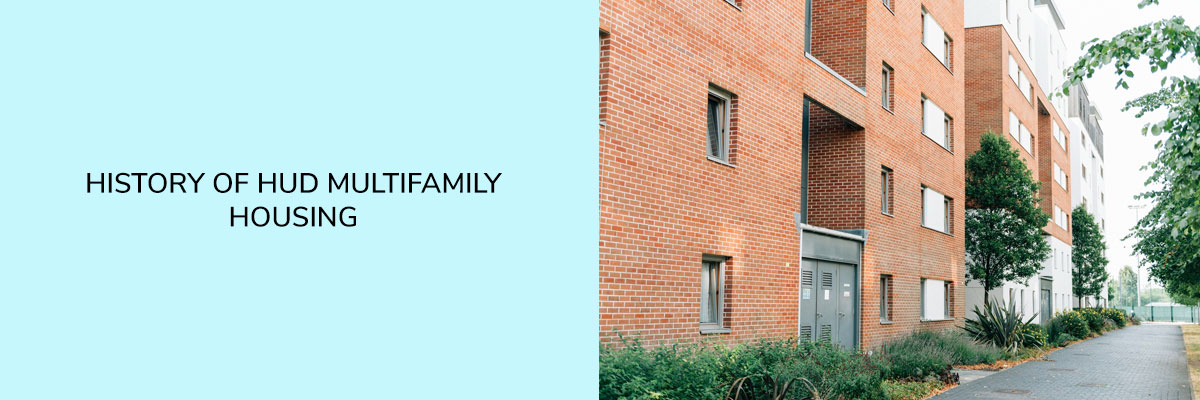HUD multifamily housing in the US has continuously improved over time. They have implemented measures like interim and annual recertification to provide safe and affordable shelter.
In this blog, we will dive deep into the roots and evolution of HUD multifamily housing, tracing its journey from conception to present-day significance.



The Birth of HUD: A Housing Revolution
In the wake of the Great Depression, the United States saw a dire need for housing reform. The launch of the Housing and Urban Development Act of 1965 established HUD, which changed housing history and set the stage for multifamily housing initiatives.
Section 8 Housing: A New Dawn
Section 8 Vouchers: Bridging Gaps
The Section 8 Housing Choice Voucher Program is a fundamental pillar of HUD’s multifamily housing initiatives. It was launched in the 1970s with the objective of empowering low-income families by granting them the ability to select the home of their choice and funding them with the necessary financial support for it.
Low-Income Housing Tax Credits
The 1986 Tax Reform Act created Low-Income Housing Tax Credits to encourage private investment in affordable housing. This innovative approach encouraged the construction and preservation of multifamily properties for those with limited financial means.
Public Housing: Building Communities
The Genesis of Public Housing
The pillar of multifamily housing, which is public housing, began in the New Deal era. It was made to provide decent, safe, and sanitary dwellings for low-income families. These housing developments would go on to define the urban landscape.
Challenges and Revitalization
While public housing played a pivotal role, it faced challenges such as disrepair and mismanagement over the years. The HOPE VI program emerged to revitalize these communities, bringing a fresh perspective to public housing.
The Multifamily Mortgage Market
FHA Multifamily Mortgage Insurance
With its multifamily mortgage insurance programs, the Federal Housing Administration (FHA) entered the multifamily market. This ushered in a period of growth by making it simpler for developers to obtain finance for affordable housing projects.
Sustainability and Modernization
Green Initiatives
Green efforts were accepted by HUD multifamily housing as people became more concerned with the environment. These homes are now routinely built and maintained using sustainable materials and energy-efficient designs.
Tech Integration
HUD’s multifamily housing programs have embraced technology to modernize processes and enhance resident satisfaction. Technology has changed the scene, from online applications to smart building systems.
The Present-Day Landscape
Today, HUD multifamily housing continues to be a critical component of the American housing system. With ongoing reforms, increased funding, and innovative solutions, it remains a beacon of hope for millions of low-income families.
Conclusion:
The history of HUD multifamily housing is a testament to the ever-evolving nature of housing solutions in the United States. From its inception in the 1960s to the present day, it has undergone transformative changes, adapting to the needs and challenges of each era. This journey reflects the nation’s commitment to providing safe, affordable housing for all its citizens.


